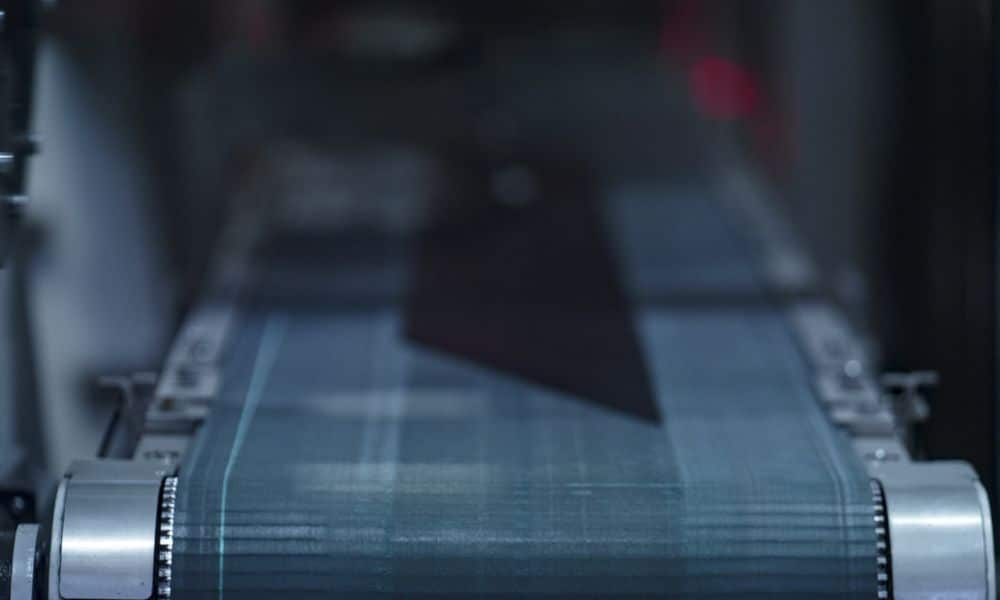
At Cambelt International, we pride ourselves on our excellent selection of high-quality facility solutions and equipment. However, our inventory and services would be nothing without the invention and constant innovation of the conveyor belt. Read on to gain a brief look at the history of these systems and how they benefit society to this day.
The Early Days: Dock Dwelling and Slow Innovation
These days, conveyor belts are common in warehouses and manufacturing facilities across the globe. However, their origin is closely related to trade and seafaring rather than production and manufacturing. Starting in the late 1700s, wooden conveyor systems with leather belts loaded products quickly on and off trade ships in countless European ports. These dock-dwelling devices were entirely hand-operated and incapable of transporting heavy objects.
Innovations occurred, and conveyor belt machines bled into the agricultural industry, proving to be valuable tools for farmers transporting produce, seeds, and other resources across their property. American inventor Oliver Evans created the world’s first automated mill in the 1790s with his bucket elevator design. Shortly after, Thomas Robins created a conveyor system that was durable enough to support heavy-duty objects. This technology, which included belts made from vulcanized rubber instead of natural materials, was adopted by Thomas Edison’s Ore-Milling company and, eventually, mining as a whole.
The Conveyor Belt Boom: Henry Ford’s Assembly Line
The most “famous” conveyor belt of all time is undoubtedly Henry Ford’s assembly line. Before 1913, automobile manufacturing was a complex and slow process that made vehicles expensive and inaccessible for the average American. Thanks to legendary car designer Henry Ford, the implementation of conveyor belts inside car factories simplified production, reduced human labor, and made vehicles affordable for more individuals.
The impact of Ford’s ingenuity doesn’t stop there—this innovation spread across the world, and businesses everywhere considered the benefits of conveyor belts for their own interests. Belt systems became common in various sectors, specifically in slaughterhouses and food production industries. Along with the increase in popularity, this spotlight encouraged others to innovate and invent more capable, powerful, and advanced conveyor belt systems. Over the next century, conveyor systems adapted to work well in industries and facilities everywhere.
Conveyor Belt Systems Today: Standard (and Unique) Applications
Today, conveyor belts exist in just about every industry, especially sectors involving production and manufacturing. Processing plants and facilities everywhere utilize this technology. Modern belt systems are incredible—they automate much of the required human labor, increase production time, elevate production accuracy, and organize distribution. Additionally, conveyor belts are finding unique applications in different sectors outside of manufacturing. For instance, rotary sushi bars (invented in the 1950s in Japan) are popular restaurants that deliver food on conveyor systems. Those same mechanisms apply to Broadway production special effects, too! There’s no end to the functionality and versatility of conveyor belt systems, and their applications will only continue to grow.
After taking a brief look at the history of conveyor belt systems, you now have a greater appreciation and, perhaps, a better understanding of this technology. If your business is in need of conveyor equipment and devices, turn to us at Cambelt International. We’re an industry leader amongst other conveyor systems manufacturers and have the perfect solutions for your specific needs.
